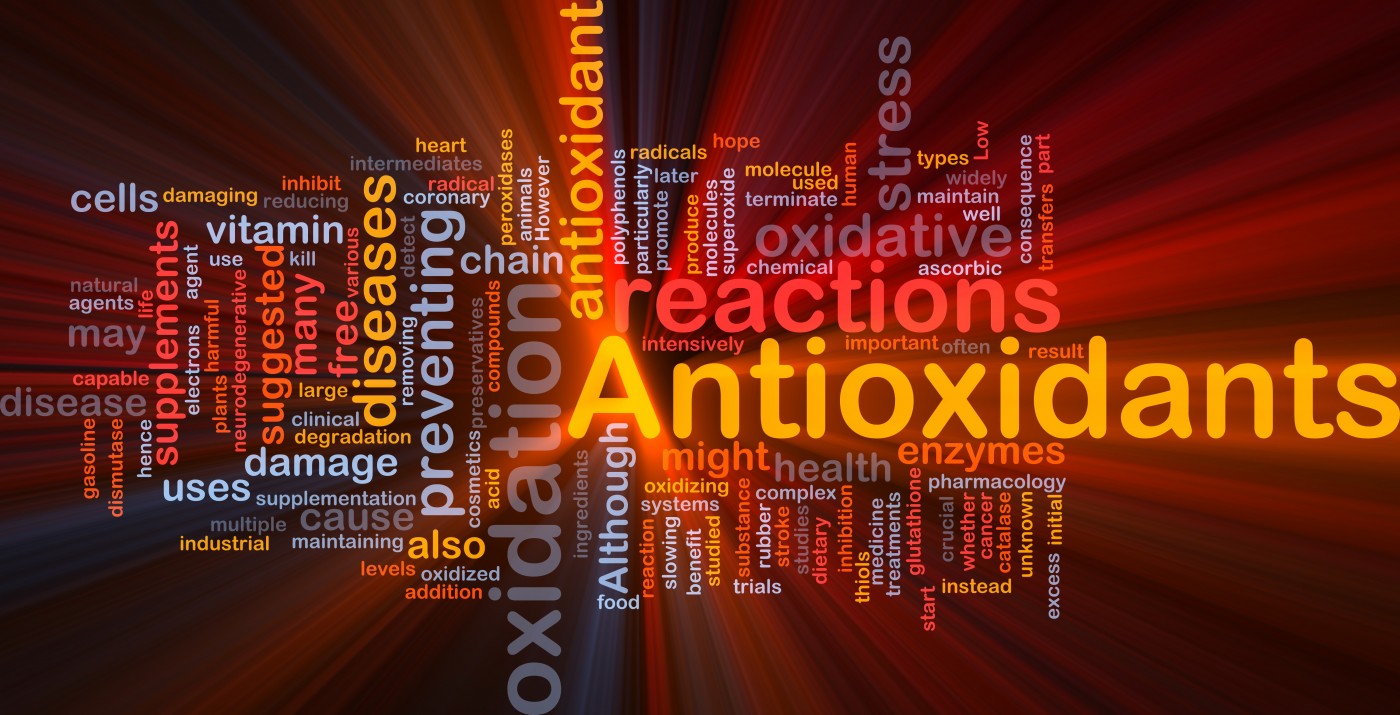PAH Patients Treated with Sildenafil Show Lower Oxidative Stress Levels

Targeting the nitric oxide deficiency resulting from pulmonary arterial hypertension through drugs such as sildenafil is a cornerstone of PAH treatment. A new study showed that sildenafil decreased the signs of oxidative stress by reducing hydroxynonenal (HNE) in patients, but was unable to lower elevated levels of free fatty acids in the blood. The results suggested that treatment might be improved if sildenafil is combined with redox modulating substances.
Several mechanisms are believed to contribute to the altered nitric oxide (NO) signaling in PAH. Oxidative stress, particularly in the form of lipid peroxidation induced by reactive oxygen species, is thought to contribute to PAH pathology. Lipid peroxidation produces the compound HNE, which has pro-inflammatory properties.
Oxidative stress also alters NO synthase activity and produces an NO deficiency, leading to impaired lung blood vessel dilation observed in PAH patients. While HNE has been described to have an inhibitory effect on NO production in other settings, its role in PAH is not clear. Also, changes in the composition of fatty acids in the blood have been shown to affect NO signaling.
The research team from the Danylo Halytsky Lviv National Medical University, Ukraine, investigated how sildenafil affected fatty acid composition, the level of HNE, and the heart rate variability in PAH patients. The study, “Sildenafil reduces signs of oxidative stress in pulmonary arterial hypertension: Evaluation by fatty acid composition, level of hydroxynonenal and heart rate variability,“ was published in the journal Redox Biology.
The study enrolled seven newly diagnosed PAH patients and seven controls. The team observed that patients with PAH had significantly higher levels of the oleic and linoleic fatty acids in the blood, and an increase in most of the fatty acids investigated in phospholipids. The composition of the fatty acids was dominated by omega-6 derived types, evident by an increased omega-6/omega-3 ratio in the patients. HNE was also increased compared to controls. PAH patients also had an increased sympathetic tone with higher heart rate, and a higher low-frequency over high-frequency ratio.
Sildenafil treatment decreased the phospholipid-derived fatty acids (oleic, linoleic, docosahexanoic, and docosapentanoic). However, the treatment increased free fatty acids in the blood. The initially increased omega-6/omega-3 ratio was unaffected by the treatment, while the initially increased levels of HNE fell below the levels of controls.
The study showed that sildenafil improved exercise capacity and lung hemodynamics, confirming earlier research, but did not affect the patients’ heart rate variability.
The authors said the findings confirmed the idea of PAH as a metabolic disease associated with oxidative stress. The study showed that sildenafil was unable to control the functional metabolic disruption in the form of increased fatty acids in the blood. The authors, therefore, argued that combining sildenafil with drugs promoting mild induction of redox reactions could stimulate NO production and improve sildenafil’s efficiency.







